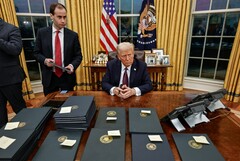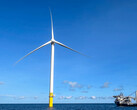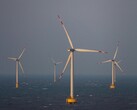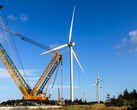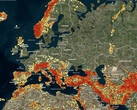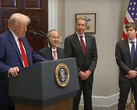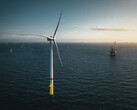On his first day in the White House, president Donald Trump announced a series of directives and acts aligned with his campaign promises. On January 20, Trump declared a National Energy Emergency, citing inadequate energy production, outdated infrastructure, and threats to national security. Later, ordered a temporary ban on new offshore wind leases, arguing the need to evaluate their ecological implications.
The National Energy Emergency order considers high energy costs and dependence on foreign energy as vulnerabilities exacerbated by prior Joe Biden policies. “The policies of the previous administration have driven our Nation into a national emergency, where a precariously inadequate and intermittent energy supply, and an increasingly unreliable grid, require swift and decisive action,” states the executive order.
The document emphasizes the need for a diversified and affordable domestic energy supply to sustain essential industries, support military preparedness, and protect low-income households.
Federal agencies can expedite the development, production, and transportation of domestic energy resources under the new executive order signed on January 20. It includes provisions for utilizing eminent domain and the Defense Production Act, fast-tracking permits under laws like the Clean Water Act and Endangered Species Act to remove regulatory hurdles.
Federal assessments of the nation’s energy infrastructure, with a focus on transportation and refining capabilities is mandated as well. Additionally, it authorizes year-round sales of E15 gasoline to address fuel shortages and stabilize the supply chain. Further measures like evaluating its energy needs to mitigate vulnerabilities that could impact homeland security and overseas operations is tasked to The Department of Defense.
Following this, the US president also presented a memorandum temporarily withdrawing all areas of the Outer Continental Shelf (OCS) from offshore wind leasing. From January 21, this order allows for a thorough review of federal leasing and permitting practices for wind energy projects.
While existing wind energy leases remain valid, the memorandum directs the Department of the Interior to evaluate their ecological, economic, and environmental implications, with recommendations for potential amendments or terminations.
In addition to the leasing moratorium, the directive halts new approvals or permits for both onshore and offshore wind projects until federal agencies complete a comprehensive review of current policies. This assessment will include the environmental impacts of wind energy on wildlife, the economic viability of intermittent energy production, and the role of subsidies in the wind energy sector.
As in 2017, Trump also announced that the US is leaving the Paris Agreement, arguing that “these agreements steer American taxpayer dollars to countries that do not require, or merit, financial assistance in the interests of the American people”.
Source(s)
Declaring a National Energy Emergency, The White House (In English), Temporary withdrawal of offshore wind leasing, The White House (In English)




